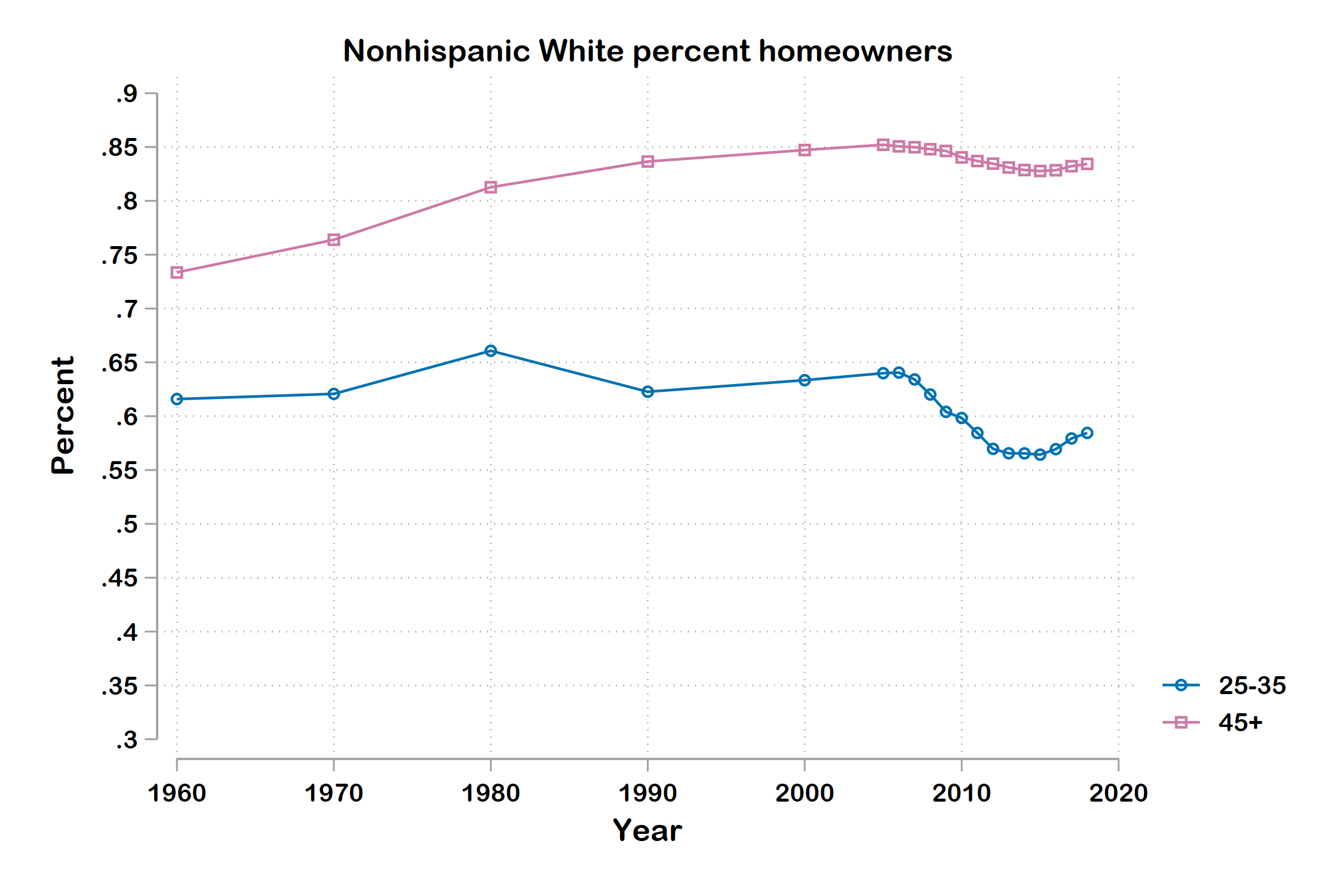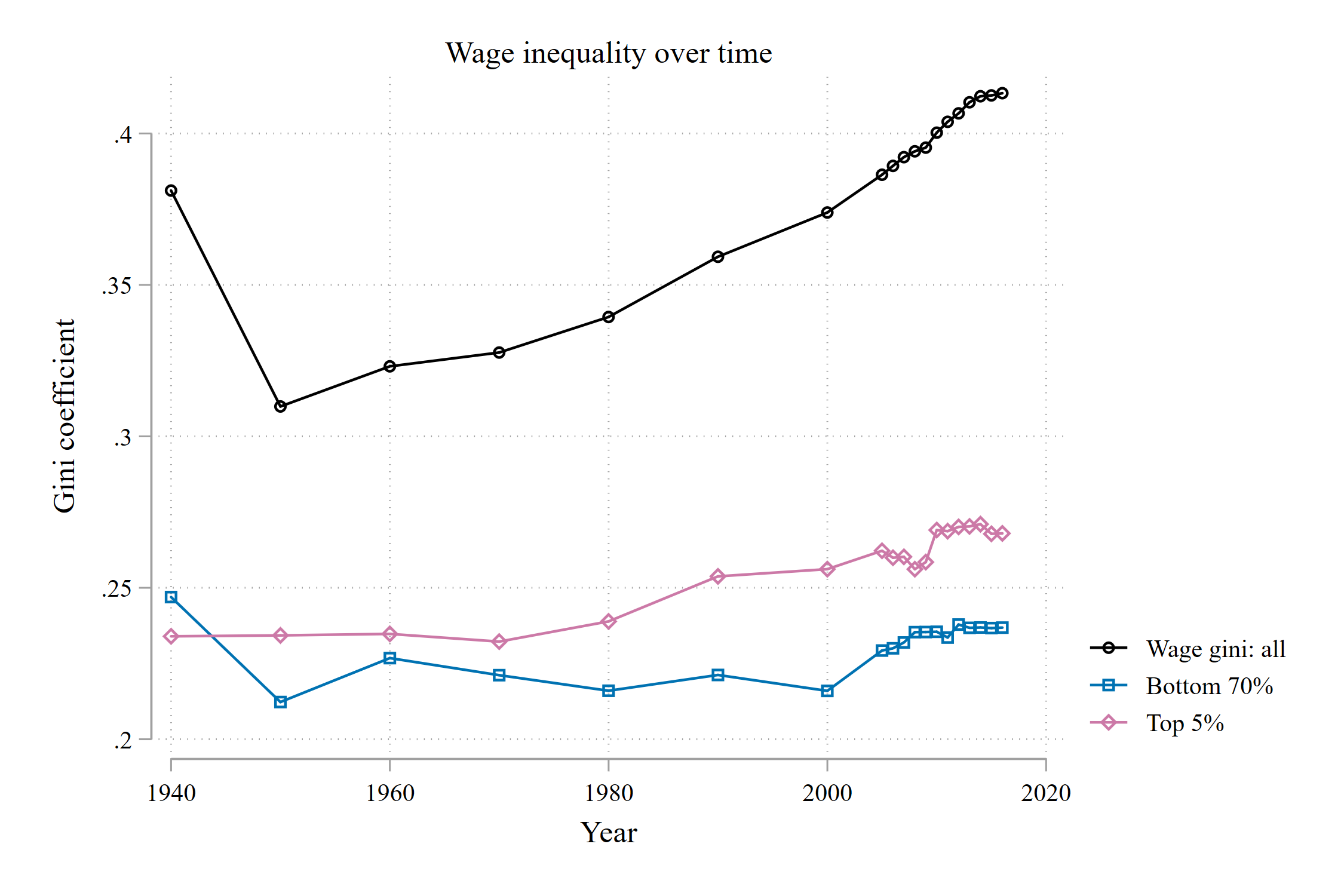I previously listed some ideas and habits that I found helpful while working with minimal childcare between 2015 and 2019. The big picture points: all hours are on the table, simplify the conception of your life, shift to an hour-based work mindset, and don’t look at the internet. These are more eloquently put in a CGP Grey video, (weekends are youtube time for me!!).
I’ve been…ok at following this advice. But I’m also finding that working from home with no childcare during a global pandemic is massively different than working with no childcare without a global pandemic.
1. There’s no way around it: the stressors of a global pandemic, the health of my loved ones, worries about work, about the massive changes to economic, political, and social life, and worries about the future of higher education have seeped into my work and childcare. I’m finding that it’s very different to operate effectively with this slow-burn stress in the background. These stressors make it harder to concentrate on work, and they make it harder to lean into childcare while shutting off outside stimuli. They seem to launch me into all my time-wasting bad habits with greater ease and frequency. It was a heck of a lot easier to follow through on my decision to prioritize childcare when it was on my own terms.
2. Parks and recreation. Work is so, so much harder when two people are constantly working from home, when you cannot leave you home, and when you cannot take your kids to burn off energy at parks, museums, coffee shops, etc. Dear lord, how I long for an outing to a playground.
3. Our kids finally adjusted to daycare. We spent August through February getting both our kids adjusted to daycare rhythms. We finally … FINALLY … got to a place where our two-year-old wasn’t sobbing uncontrollably when we left him. The first month of the pandemic was about adjusting our kids to not being around other children. Especially for our five-year-old, this was really, really hard. Again, more child anxiety, more fits, more big sobs. We didn’t have to deal with the emotions, fears, and frustrations of this pandemic before. It takes time and emotional energy.
4. Task requirements. There’s so much more to do now in the shorter days. Managing classes now requires a massive email investment. A one-minute conversation to solve a problem now is a five-minute email.
5. Fatigue. Although we didn’t really do childcare before, we did … you know … leave the house. Variation of external stimuli and working environments is apparently really important. I would, you know, be in the presence of other humans and change up my physical space by going to the office.
This is all to say: reconciling work and childcare is so much more difficult under covid-19. If you’re struggling, I hope this message shows you that it’s not just about smoothing out these two massive tasks. It’s that you’re doing so in an extraordinary time. I think my experience doing so without and with a global pandemic can help reveal that if you’re struggling, it’s not you and it’s not your kids and it’s not just dealing with the general problem of reconciling childcare and work. You’re doing this in a super, super difficult time. It was …so…much easier to square the circle in normal times.



















